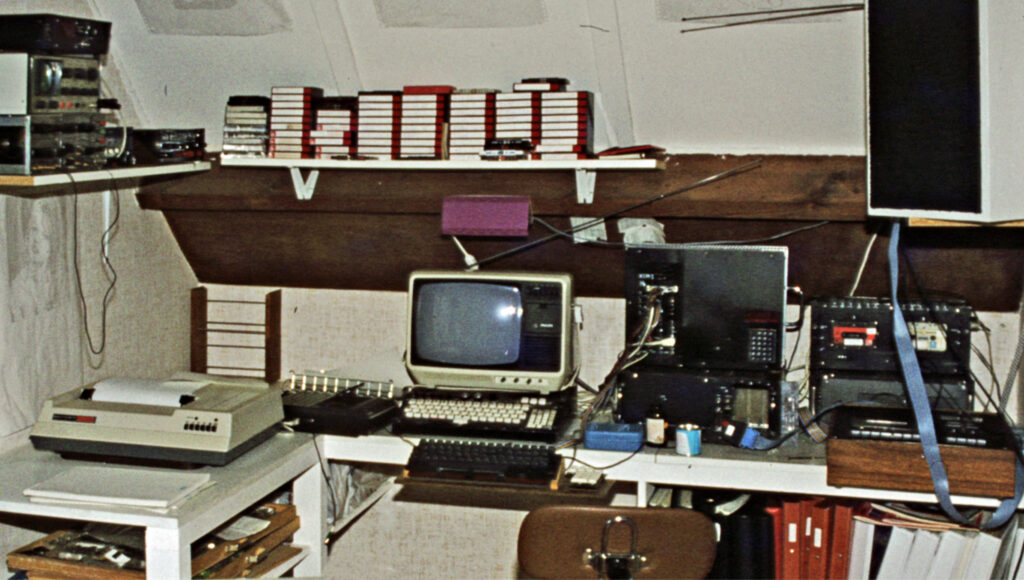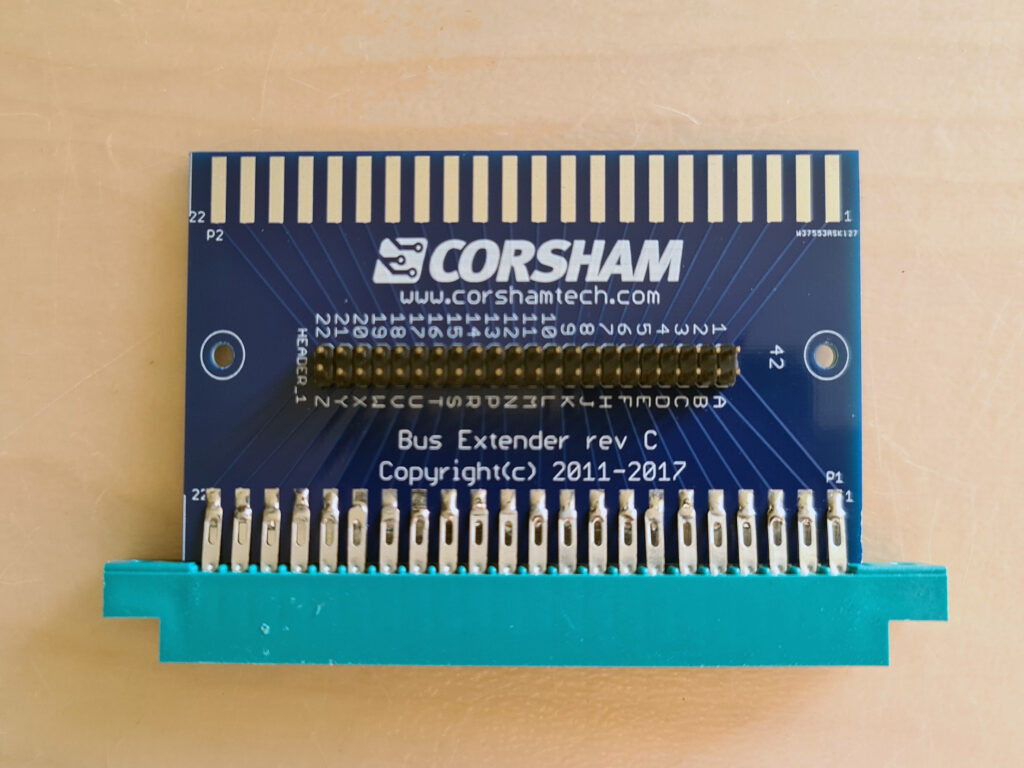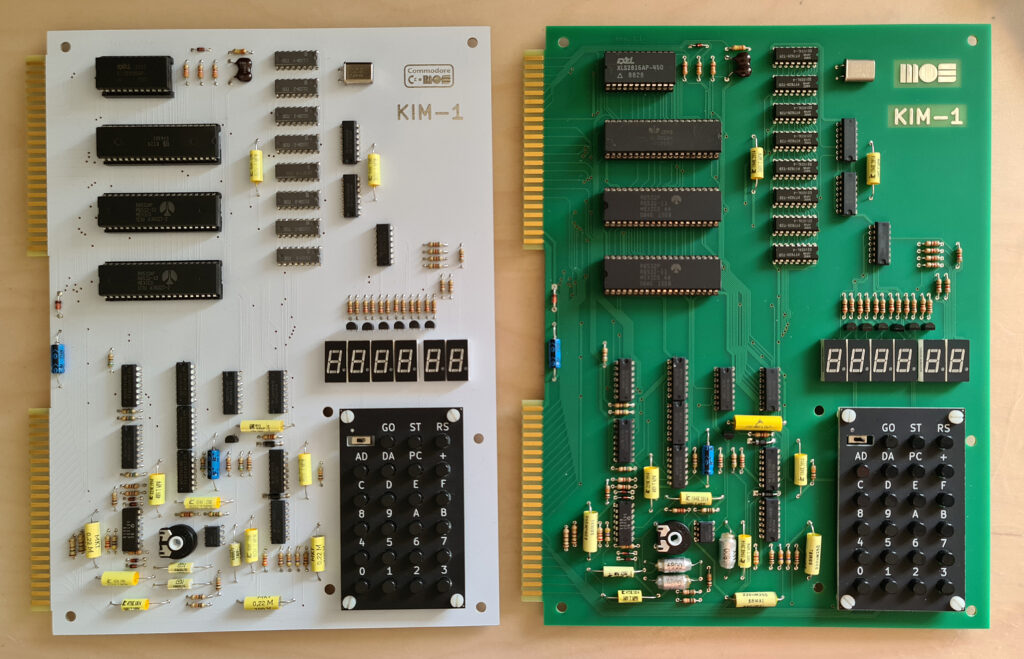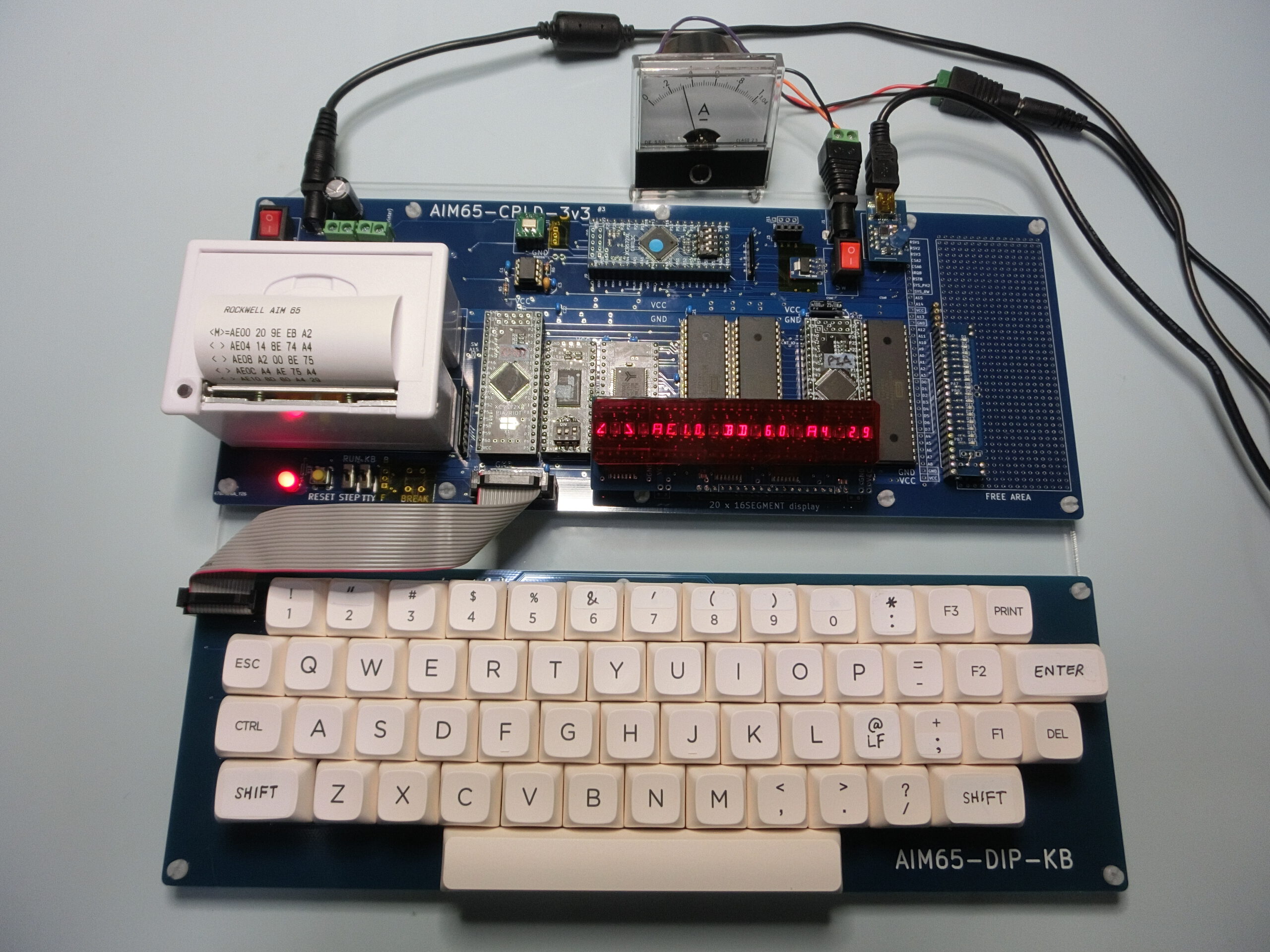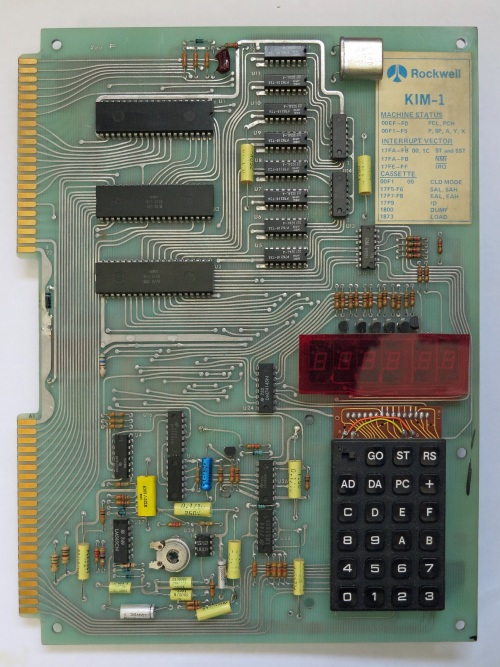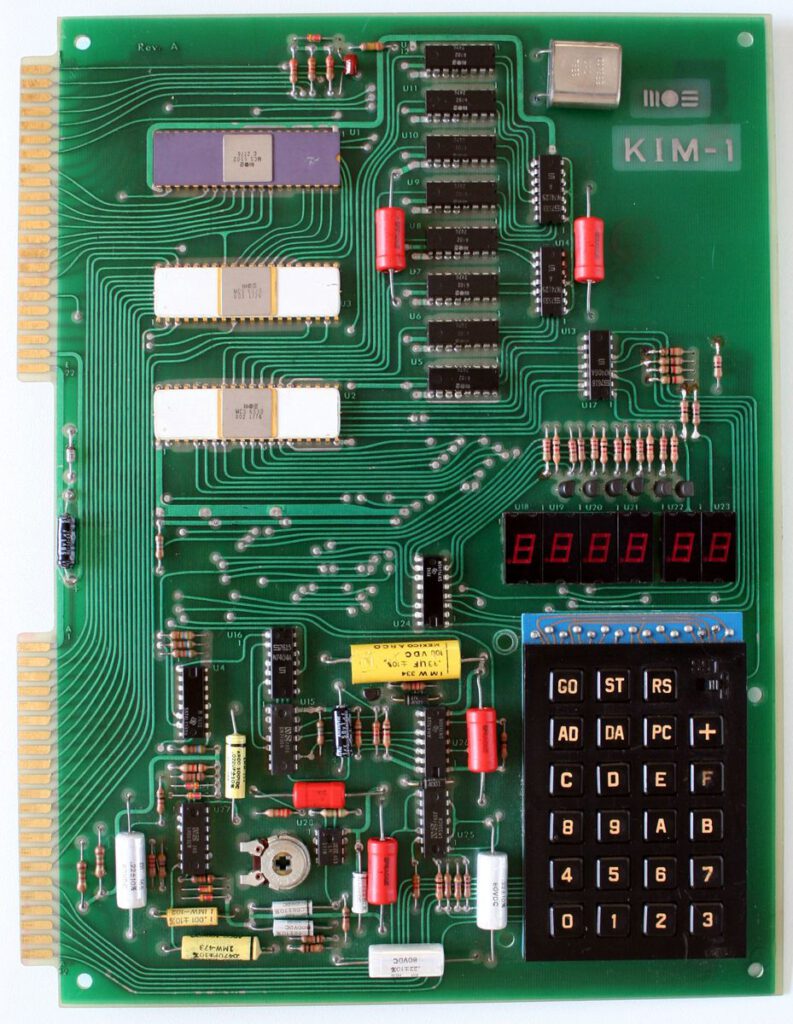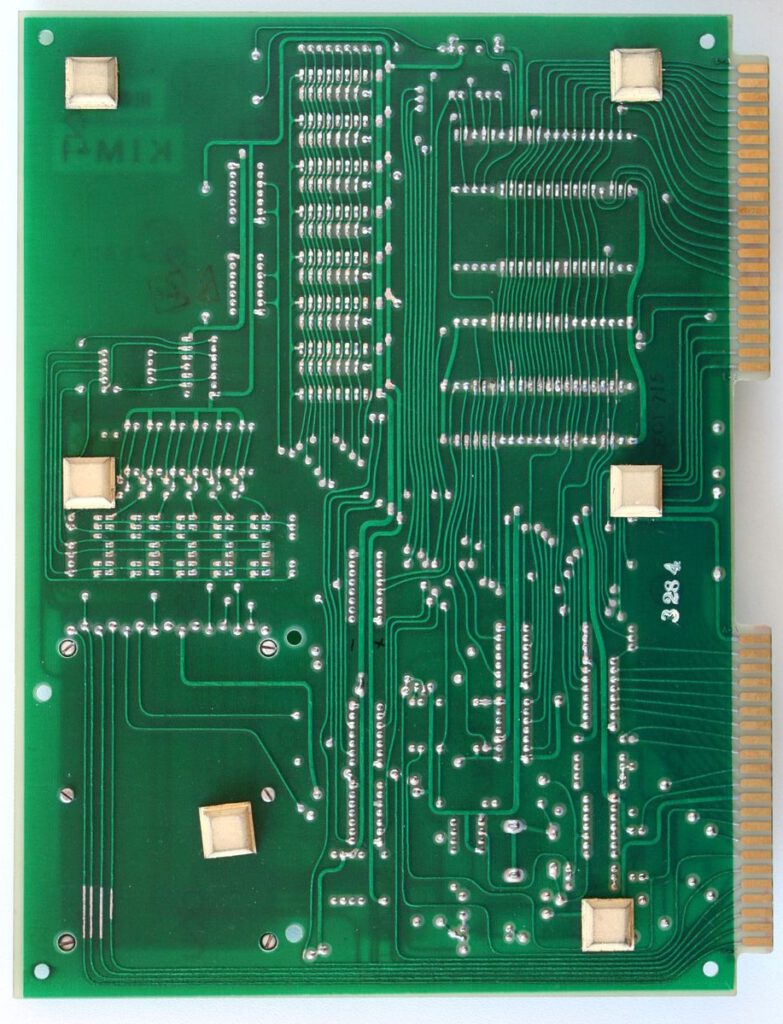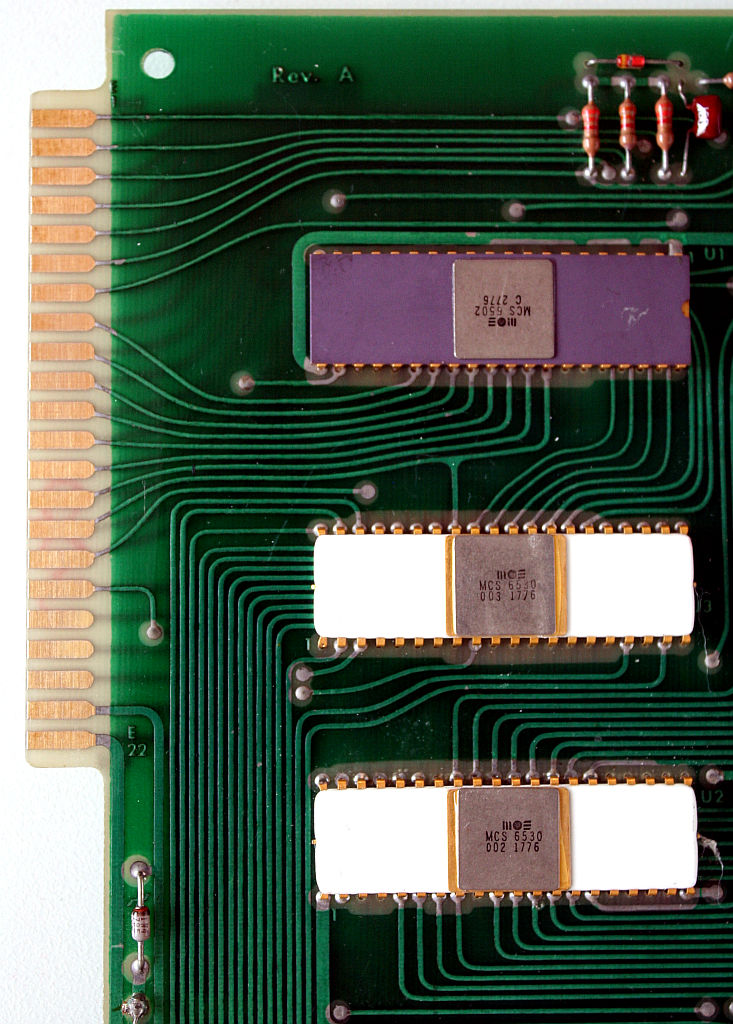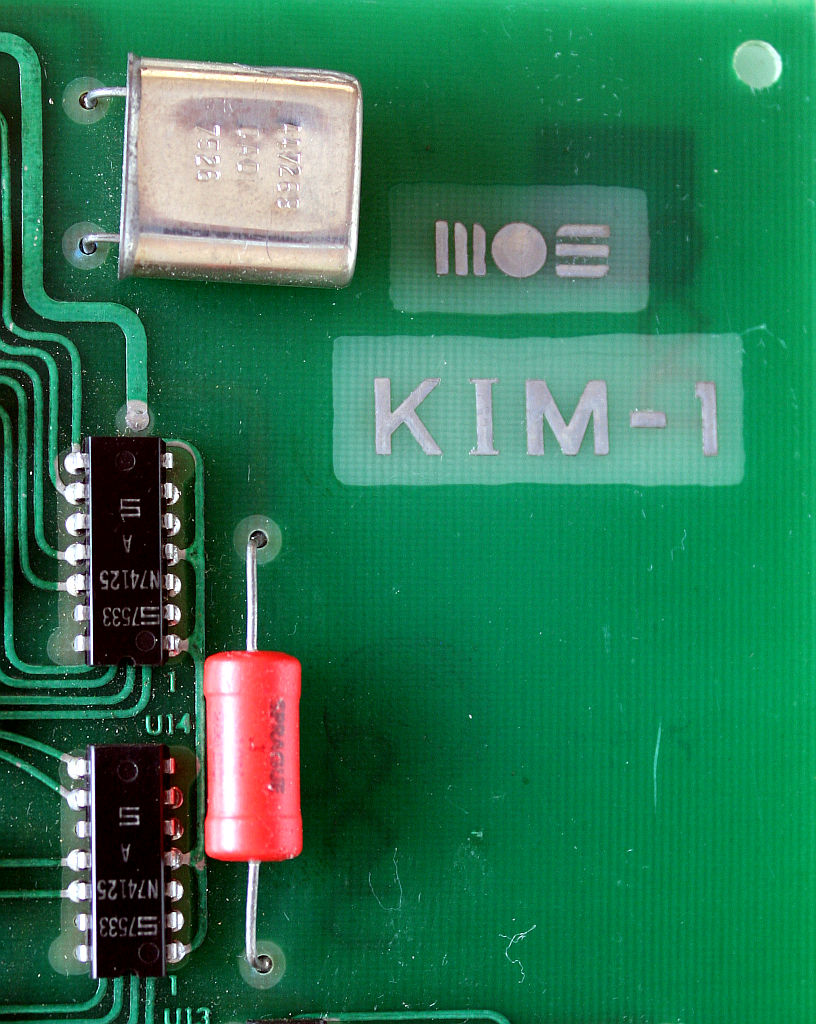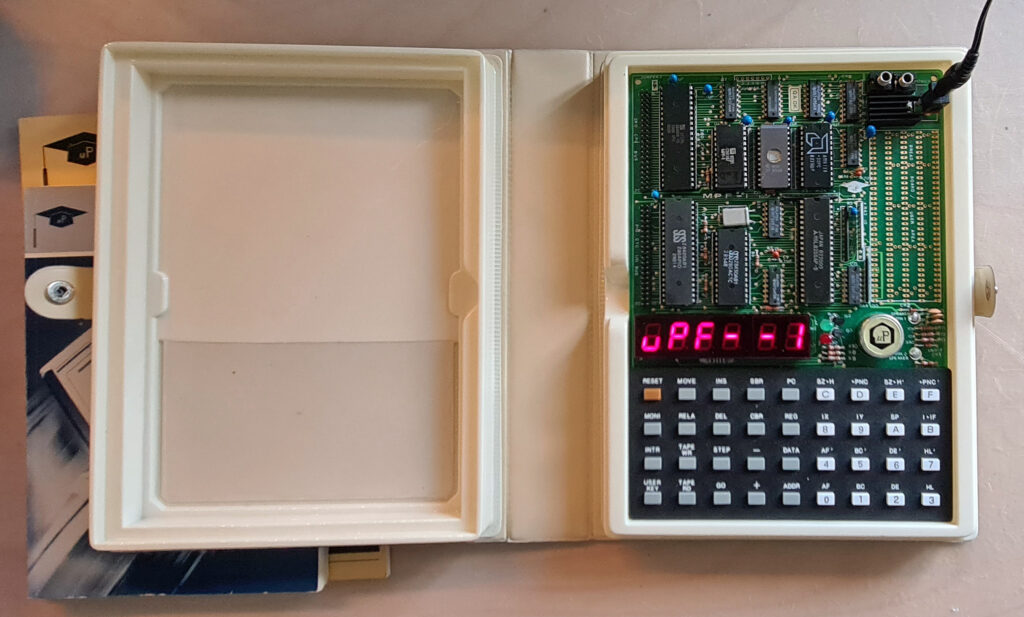Development for my old 8 bit retro SBC’s has become much easier with fast PCs and good tools. All cross development.
What took hours on my KIM-1: load editor form tape -edit source – save on tape (multiple tape files if big) – assemble form tape to tape – load binary from tape – run
can now be done very fast.
Powerful text editors, cross assembler, KIM-1 Simulator, seconds per iteration.
The only slow part remains: me!
More on my favorite toolchain here. 